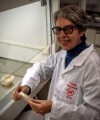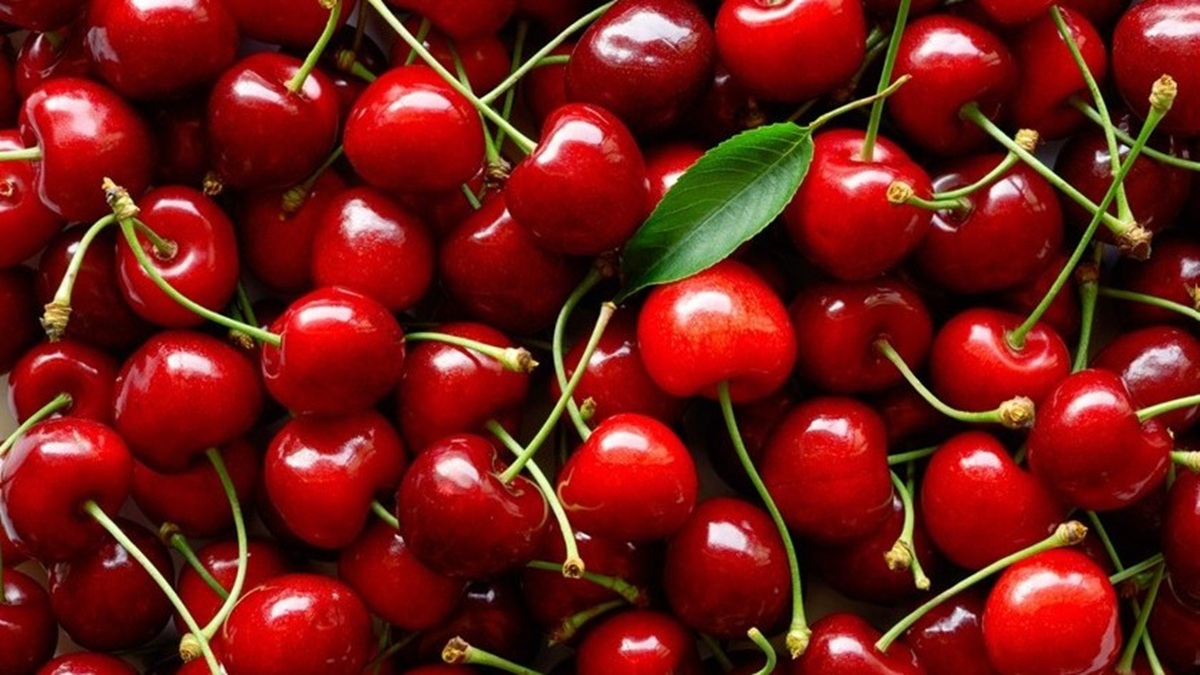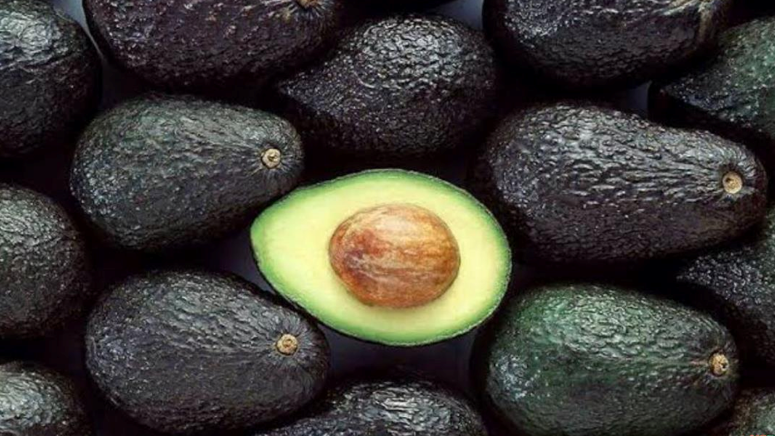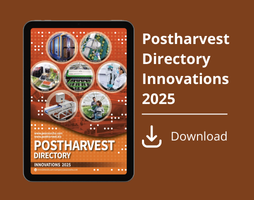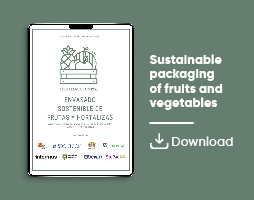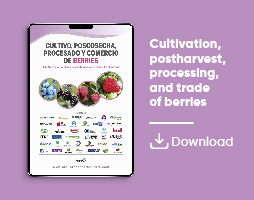Actualidad
Photosensitive Chitosan Packaging to Preserve Kiwi Quality
Visible light-responsive chitosan-based active packaging delays kiwi quality deterioration by regulating the lipid metabolism of cell membranes
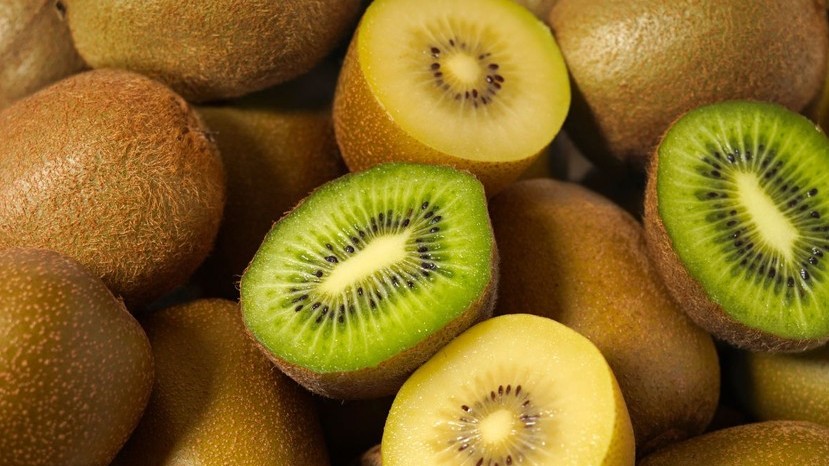
Kiwi (Actinidia deliciosa, family Actinidiaceae) is a fruit known for its distinctive flavor and rich nutritional profile, containing abundant vitamins, minerals, amino acids, dietary fiber, and other bioactive compounds.
As a climacteric fruit, kiwi undergoes rapid softening after ripening. Its thin skin and juicy pulp make it highly susceptible to postharvest decay, resulting in a short shelf life during storage and limiting processing and marketing potential.
Currently, eco-friendly and efficient postharvest preservation techniques are being developed to extend the kiwi’s shelf life.
Plasma Membrane Lipid Metabolism: A Key Factor in Postharvest Deterioration
More importantly, understanding the mechanisms underlying postharvest aging and deterioration provides a scientific basis for mitigating the loss of quality in this fruit.
An increasing number of studies have highlighted the close relationship between postharvest quality deterioration in fruits and vegetables and the lipid metabolism of plasma membranes.
The lipid composition of plasma membranes plays a fundamental role in maintaining cell integrity and functional stability, with phospholipids being the dominant components.
During postharvest senescence and ripening, the accumulation rate of reactive oxygen species increases, and the activity of phospholipid-degrading enzymes—such as lipoxygenase, phospholipase D, phospholipase C, and phospholipase A2—also rises. This leads to the hydrolysis of membrane phospholipids like phosphatidic acid and its derivatives.
This process increases cell permeability, accelerating the deterioration of fruits and vegetables. Delaying membrane lipid oxidation is essential for maintaining quality.
Strategies to Mitigate Deterioration
Various strategies, such as the application of salicylic acid, methyl jasmonate, melatonin, and 1-methylcyclopropene, have effectively extended kiwi shelf life by inhibiting the accumulation of malondialdehyde, a lipid peroxidation product and oxidative stress marker.
Photoactivation associated with chitosan* has shown promise in inactivating spoilage microorganisms.
Recently, visible light-responsive graphitic carbon nitride-chitosan compounds with high reactivity and processability have been developed, capable of controlling pathogenic biofilms for broad applications in food, biomedical, and construction industries.
Inhibition and eradication of Staphylococcus epidermidis, Pseudomonas aeruginosa PAO1, and Escherichia coli O157:H7 have been demonstrated under visible light irradiation using these photoactive compounds.
Photosensitive Packaging
Photosensitive packaging systems are gaining popularity in food preservation due to their controllability and sustainability, offering additional advantages over conventional packaging.
Research on new types of low-cost, photoactivatable food packaging films with sustained antimicrobial activity is of great scientific and technological interest, with high industrialization potential.
Studies with Chitosan
Chitosan is neither a dye nor a pigment and does not absorb visible light with sufficient intensity. On its own, chitosan is not visible light-sensitive; it is a biopolymer, and its sensitivity and ability to interact with visible light depend on modifications with other substances, such as the incorporation of polyaniline acid-TiO₂ nanohybrid particles, hydroxyquinones, or pigments.
Antibacterial Effects and Improved Mechanical Properties
In a current study, a chitosan/graphitic carbon nitride bionanocomposite film was prepared. The antibacterial efficiency of this film reached 99.8 ± 0.26% inhibition of Escherichia coli and 99.9 ± 0.04% of Staphylococcus aureus through self-activation under visible light.
Graphitic carbon nitride is low-cost and can also improve the mechanical, thermal, and hydrophobic properties of pure chitosan films.
Effects on Lipid Metabolism of Cell Membranes
Additionally, researchers in current studies used a multi-omics approach to investigate how visible light-responsive chitosan-based active films regulate the lipid metabolism of cell membranes to delay kiwi quality deterioration.
It was found that, compared to traditional polyethylene packaging, visible light-responsive chitosan packaging effectively preserves the fruit's sensory quality, texture, and nutritional characteristics by reducing malondialdehyde accumulation and the electrolyte leakage rate.
Furthermore, the photosensitive chitosan film mitigates phospholipid hydrolysis and preserves the integrity of plasma membranes, significantly maintaining cellular functions.
Metabolomic and transcriptomic studies of kiwi highlight the crucial role of plasma membrane phospholipid metabolism in determining fruit quality.
Photosensitive Chitosan Films: A Potential Tool
This research contributes to understanding the role of membrane lipid metabolism in kiwi quality deterioration and also reveals the great potential of photosensitive chitosan films for maintaining sustainable antimicrobial activity while preserving postharvest fruit quality.
* Chitosan is a natural fiber, a cationic polysaccharide derived from chitin, a compound found in the exoskeleton of crustaceans such as shrimp, crabs, and lobsters. It is produced through the deacetylation of chitin using an alkalization process at high temperatures.
Sources:
Ding, K.; Xie, Y.; Yang, H.; Xu, S.; Li, H.; Wang, Z.; Qiao, X.; Tang, Q.; Wang, R.; Shan, Y.; Ding, S. (2025).
Visible light-responsive chitosan-based active packaging delays kiwifruit quality deterioration by regulating membrane lipid metabolism
Postharvest Biology and Technology, 226: 113533.
Ding, K.; Xie, Y.; Xu, H.; Xu, S.; Ge, S.; Li, H.; Chang, X.; Chen, J.; Wang, R.; Shan, Y.; Ding, S. (2024).
Visible light-responsive TiO₂-based hybrid nanofiller reinforced multifunctional chitosan film for effective fruit preservation
Food Chem, 460 (Pt 1):140539.
Ni, Y.; Shi, S.; Li, M.; Zhang, L.; Yang, C.; Du, T.; Wang, S.; Nie, H.; Sun, J.; Zhang, W.; Wang, J. (2021).
Visible light responsive, self-activated bionanocomposite films with sustained antimicrobial activity for food packaging
Food Chem, 362:130201.
Shen, H.; Durkin, D. P.; Aiello, A.; Diba, T.; Lafleur, J.; Zara, J. M.; Shen, Y.; Shuai, D. (2021).
Photocatalytic graphitic carbon nitride-chitosan composites for pathogenic biofilm control under visible light irradiation
J Hazard Mater, 408:124890.
Image: https://www.tuasaude.com/emagrecer-com-kiwi/ Accessed 24/05/2025.


